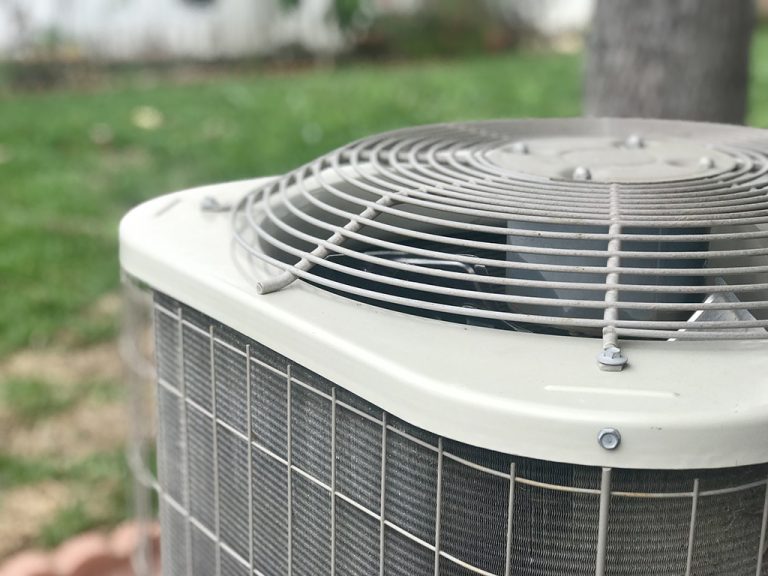HVAC stands for Heating, Ventilation, and Air Conditioning. HVAC systems provide energy-efficient heating and cooling contact myairtoday.com for more information. These systems are often found in buildings, such as office buildings, homes, and even hotels. Understanding what HVAC means can help you make a more informed decision about your home’s HVAC system. Learn more about different types of HVAC systems, including furnaces, heat pumps, and central air conditioning systems.
Heating
The goal of heating and ventilation is to provide a comfortable environment for occupants of a building. This is achieved through a variety of technologies that help control temperature, humidity, and air purity. The result is a comfortable environment that maintains acceptable indoor air quality.
Ventilation
HVAC systems are designed to regulate temperature, humidity, air flow and pressure. The temperature in a room should be around 24 Deg C and humidity should be between 30 and 60%. The air flow should be sufficient to allow fresh air to enter and exit the room, while the pressure should be moderately positive to reduce air infiltration.
Furnace
The furnace is a major part of your HVAC system, but it can have several different issues. Knowing about the different parts of your furnace can help you diagnose minor problems on your own and know when to call an HVAC company. The furnace is controlled by a thermostat. When the temperature falls below a preset point, the thermostat sends a signal to the furnace to begin heating the room. The thermostat also performs a safety check to ensure all of the furnace’s parts are in proper working order.
Ductwork
HVAC systems cannot effectively heat and cool a home without properly designed and installed ductwork. According to the National Comfort Institute, the average duct system in the U.S. is only about 57 percent efficient, which means that 20-40 percent of the air moving through the system is wasted. This results in reduced comfort and wasted energy dollars. Furthermore, poorly sealed ductwork and flexible ducts that are crushed or twisted can further reduce the efficiency of HVAC systems.
Air filter
A well-designed HVAC filter can prevent airborne contaminants from contaminating the indoor air. They are usually made of pleated paper or spun fiberglass. Some are framed with cardboard for stability. They fit into a specific location in the return air duct and serve as barriers that stop larger particles. A properly installed air filter can keep dust, smoke, lint, and mold out of the home. Most filters have a MERV rating that indicates how efficient they are.

